Garden for long enough and you inevitably forget how much you’ve learned along the way. But if I could step back in time and whisper some words of advice and encouragement to my much-younger self, then this is what I’d say.
1. "The right plant in the right place" is one of the (almost) unbreakable rules of good gardening. Stick a sun-loving species that needs a friable, free-draining soil into a damp bed in shade, for example, and it will almost certainly die. Or worse, it will cling on miserably, forever lingering on the point of dying yet never quite doing so.
You’ll end up feeling a sort of shamefaced respect for it, instead of delivering the coup de grace by evicting it to the compost heap. But, just to confound you, every once in a while there will be plants that mysteriously defy this cardinal rule. A frost-tender shrub that survives an icy winter outdoors, for example. A shade-loving fern that flourishes in full sun. An annual that somehow decides it’s perennial. This is mother nature gently tapping you on the shoulder to remind you who’s boss.
2. Just as our planet is home to many species of plants, it's also home to many different types of soil, each with its own unique character, strengths and vulnerabilities. Damp, heavy, sticky clays, for example, that are prone to winter wet and waterlogging but are resilient in the face of searing summer droughts. Light, porous, free-draining sandy soils that are easy to work with but are forever greedy for organic matter and nutrients. Rich, dark, deep loams that are the result of many decades of cultivation. Or their horticultural opposites, which are those starved, stony, compacted soils badly debased by heavy machinery and building works whose complex, delicate ecosystems have been jolted completely out of whack. In the same way, you'll learn that having an intimate knowledge of any garden's soil is essential if you're ever going to garden it successfully.
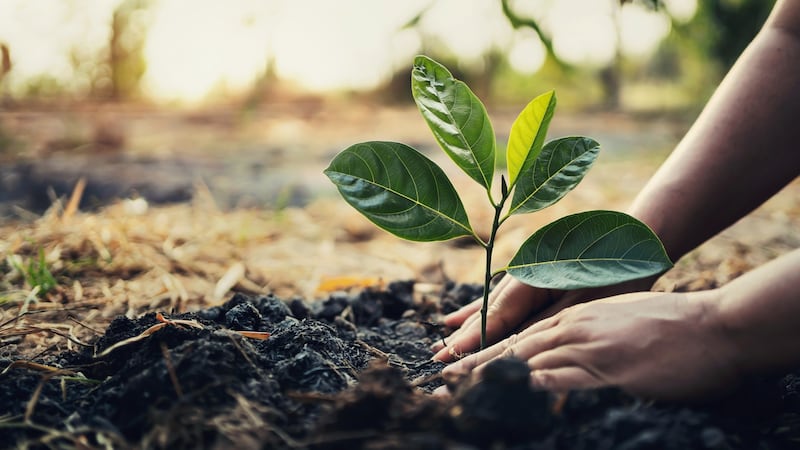
3. Over the course of your gardening life, you will kill countless plants and seedlings, most of them through a blithe ignorance of what they needed to be happy and healthy. You'll mollycoddle young baby transplants that would prefer to be outdoors, yet neglect to protect tender specimens from a fatal late-spring frost. You'll over-water some plants and under-water others, overfeed and underfeed, plant them in the wrong place or at the wrong time of year. Occasionally you'll do everything right and even then, some will still die. You'll feel indignant, infuriated, frustrated, puzzled and regretful but – most of all – curious as to what exactly you did wrong. It's the latter that will slowly but surely make you a better gardener.
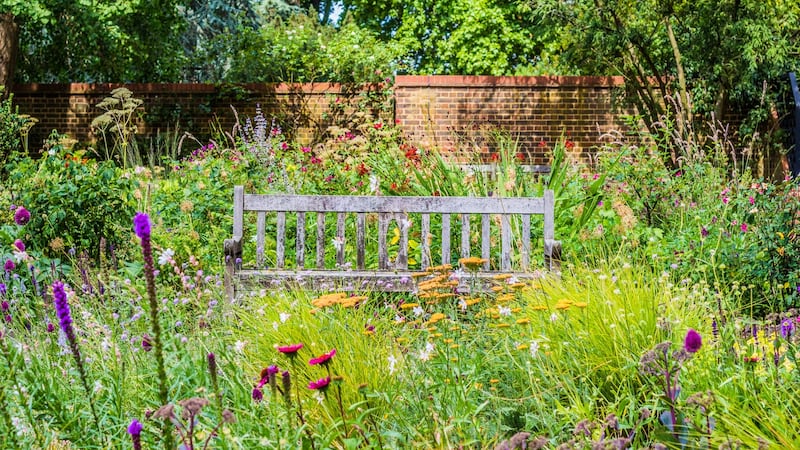
4. A garden that's been created and tended with love and passion will always trump one that's been designed as an expression of good taste or as a statement of wealth and status. In this sense, you'll discover that gardening is wonderfully democratic in a way that few other things in this world truly are. All it takes is some seed, a few cuttings and enough growing space for a few big pots.
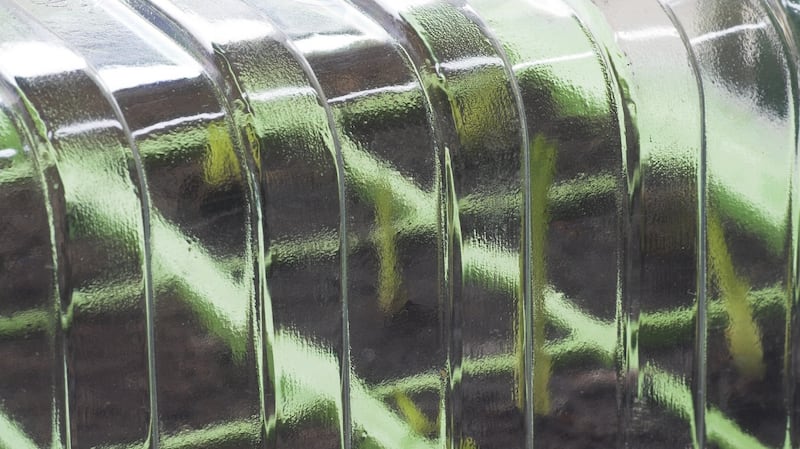
5. Mastering the art of propagation will bring enormous pleasure and satisfaction, opening the door to a vast universe of possibilities in terms of the kinds of plants you can grow from seed, cuttings and division. As a result, you'll learn to prize the near-magical powers of an electric propagator, marvel at the effectiveness of "bottom heat" in terms of triggering germination and root development, and revel in the possibilities provided by dedicated covered propagation spaces. In the way that others covet expensive cars or jewellery, you will start to lust after giant glasshouses and vast polytunnels.
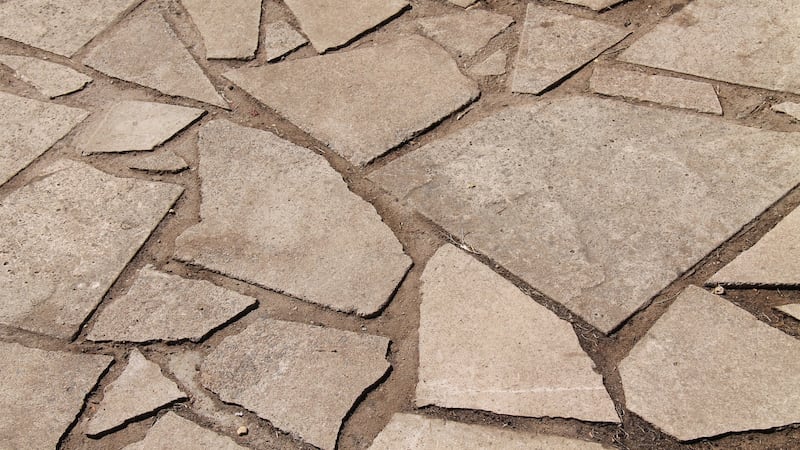
6. Garden fashions come and go. Remember decking? Crazy paving? Olive trees? Dwarf conifers? But, just like a classic piece of furniture, great gardens withstand the test of time. So don't chase what's fashionable; just have fun doing your thing.
7. You should always quietly question expert opinion. Remember how your much-younger self once sprayed fungicides on roses and weedkillers on paths with impunity? Raised in a world where all manner of plant diseases and garden beasties were considered unnecessary and superfluous evils that could be safely obliterated with no consequences for the environment or for human health, you gradually discovered that this wasn't the case. So keep asking yourself those awkward questions. That's how you'll grow as a gardener.
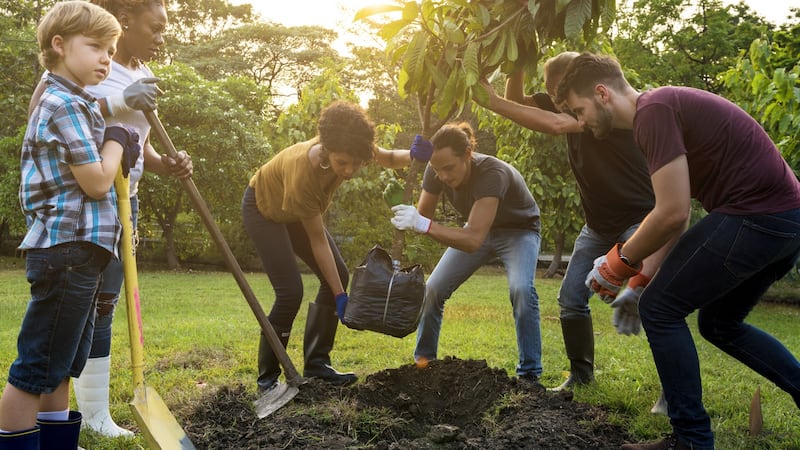
8. The best time to plant a tree was 20 years ago. But, failing that, the best time to plant a tree – ideally many trees – is now. If you're lucky, you'll live to see it/them grow into semi-maturity. Either way, you're leaving a gift for future generations, a legacy that will outlive you by many decades, maybe even centuries.
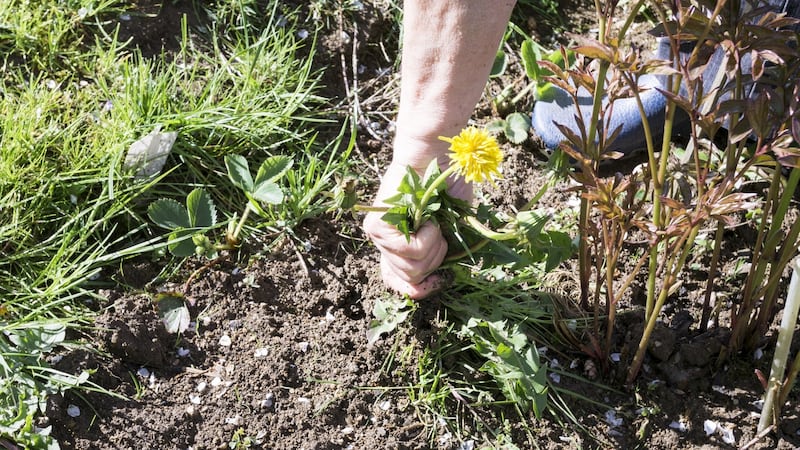
9. Your attitude to "weeds" will radically shift as you learn to balance the need for their management/control with the recognition that nature knows best. With time, you will come to see them not as enemies, but rather as displaced garden plants and/or resilient wildlings that are an expression of the long history of a plot's cultivation and its soil, and important cogs in the wheels of biodiversity. This will, in turn, forever change your attitude to garden "tidiness".
10. Despite your teenage self's acute embarrassment at being so deeply interested in something so terribly uncool as gardening, this addictive, enduringly fascinating and forever life-enriching "hobby" will lead you to discover many extraordinary places and to meet many interesting individuals. You will learn so much about gardening from the latter, who will share their knowledge generously. So hold tight and ignore the baffled/teasing questions from your peers . . . it gets better.

This week in the garden
To help spur them into early growth and protect the emerging shoots of newly purchased dahlia tubers from slug damage and late spring frosts, pot them into plastic pots using a good-quality multipurpose seed compost. Label and water the pots before placing them in a bright, frost-free spot under cover of a sunny porch, glasshouse or polytunnel for planting out into their final position in late spring after all risk of frost has passed.
If you’re sowing seed of annuals under cover at this time of year for planting out into the garden, bear in mind that there are different types of annuals. Those known as hardy annuals – some examples include sweet pea, calendula, nigella, broad beans, beetroot, carrots and parsnips – will tolerate surprisingly cool temperatures. But half-hardy annuals, examples of which include cosmos, amaranthus, tagetes, tomatoes, squash and peppers, can easily get damaged by cool night-time temperatures and cold winds, even when grown in a glasshouse or polytunnel. So keep an eye on the weather forecast and take careful precautions with the latter when required, especially when it comes to heat-lovers such as tomatoes, squash, peppers etc.
Dates For Your Diary
Sunday March 27th, Killruddery House & Gardens, Bray, Co Wicklow: "An Abundance of Vegetables", a one-day hands-on workshop with the master organic grower and kitchen gardener Dermot Carey on how to plan and propagate your own nature-friendly vegetable patch (€150).
See killruddery.com

















